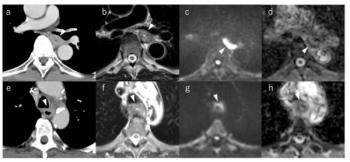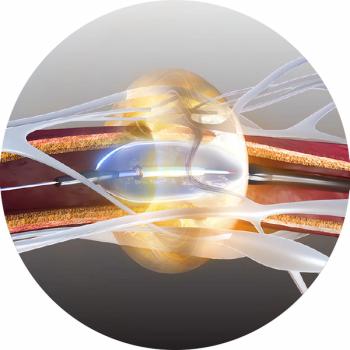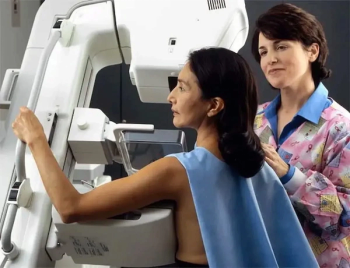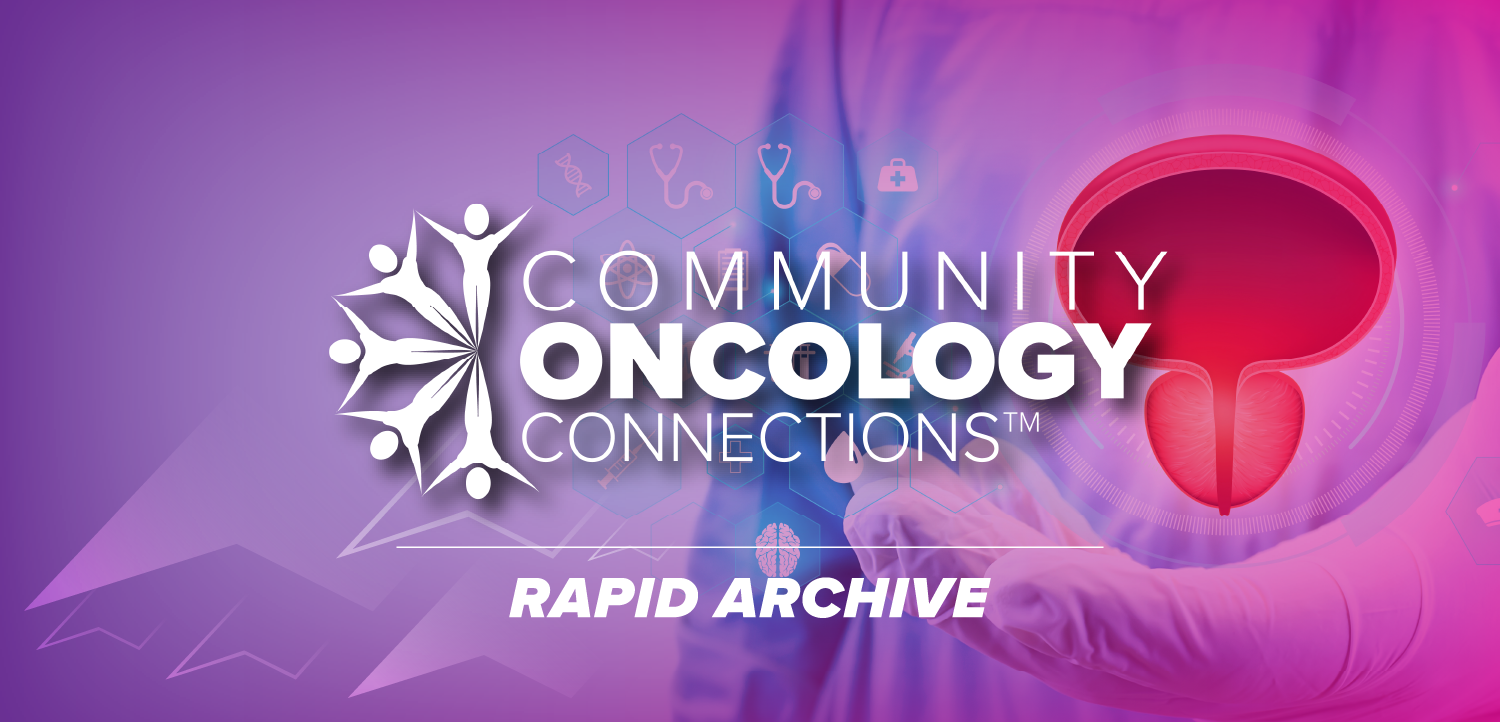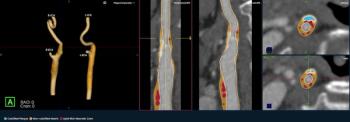
Ultrasound enhances stroke medication
Stroke patients given a thrombolytic agent along with continuous ultrasound monitoring fared better than patients who received thrombolysis alone. Accelerating the dissolution of emboli could potentially increase the duration of the critical three-hour window in which lysis must be performed, according to a study in The New England Journal of Medicine.
Stroke patients given a thrombolytic agent along with continuous ultrasound monitoring fared better than patients who received thrombolysis alone. Accelerating the dissolution of emboli could potentially increase the duration of the critical three-hour window in which lysis must be performed, according to a study in The New England Journal of Medicine.
Researchers from the U.S., Canada, and Spain examined 126 patients who were all treated with tissue plasminogen activator within three hours of the onset of stroke symptoms. Half of the patients were randomly assigned to receive continuous two-hour transcranial Doppler ultrasound monitoring (target group), while a control group received only follow-up monitoring at 30, 60, 90, and 120 minutes (NEJM 2004;351:2170-2178).
Within two hours of t-PA administration, 46% of the target group experienced complete recanalization, while 18% of the control group experienced a dramatic clinical recovery. The difference was significant.
After three months of follow-up, 42% of the target group had favorable outcomes compared with 29% of those in the control group, a difference that was not significant. There were no differences in the rate of intracranial hemorrhage between the two groups.
The mechanism by which the ultrasound enhances lysis is not well understood. In an accompanying opinion, Dr. Joseph F. Polak offered several reasons.
It is possible but unlikely that gaseous bubbles trapped in the thrombus caused cavitation, according to Polak, a radiologist at Tufts School of Medicine in Boston. The ultrasound energy could agitate the blood near the occlusion and promote greater mixing of t-PA with thrombus.
The pressure waves generated may increase the permeation of t-PA within the interior of the fibrin network, weakening the thrombus. It may also be the heat generated by ultrasound that is responsible for accelerating thrombolysis, Polak said.
Lead author Dr. Andrei V. Alexandrov, a radiologist at the University of Texas-Houston Medical School, said the t-PA reacts like sugar that you pour into tea.
"Sugar goes to the bottom of the tea when you pour it in, but if you take a spoon and stir it, then the sugar dissolves faster. Ultrasound is that magic spoon that stirs the stagnant blood flow around the clot and gets more t-PA into the clot, where it's suppose to go," Alexandrov said.
Although the results of this study are promising, researchers plan to conduct a larger study. In order to do these large-scale trials, Alexandrov is developing an ultrasound machine specifically designed for the emergency room that can be operated with minimal training.
"It will be strictly for treatment rather than diagnostic study," he said.
Alexandrov has been working with ImaRx Threapeutics on a stroke treatment that combines ultrasound with nanobubbles, which nanobubbles are sent to the site of the blood clot and break apart with the application of ultrasound, thus destroying the clot.
For more information from the Diagnostic Imaging archives:
Newsletter
Stay at the forefront of radiology with the Diagnostic Imaging newsletter, delivering the latest news, clinical insights, and imaging advancements for today’s radiologists.

